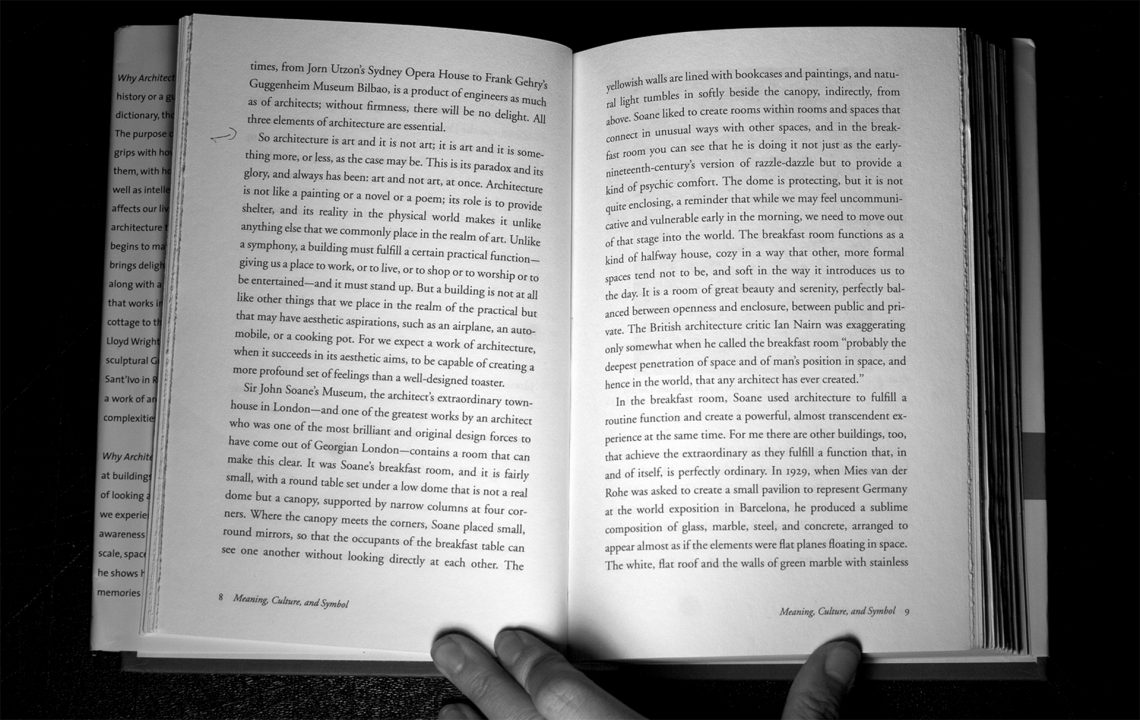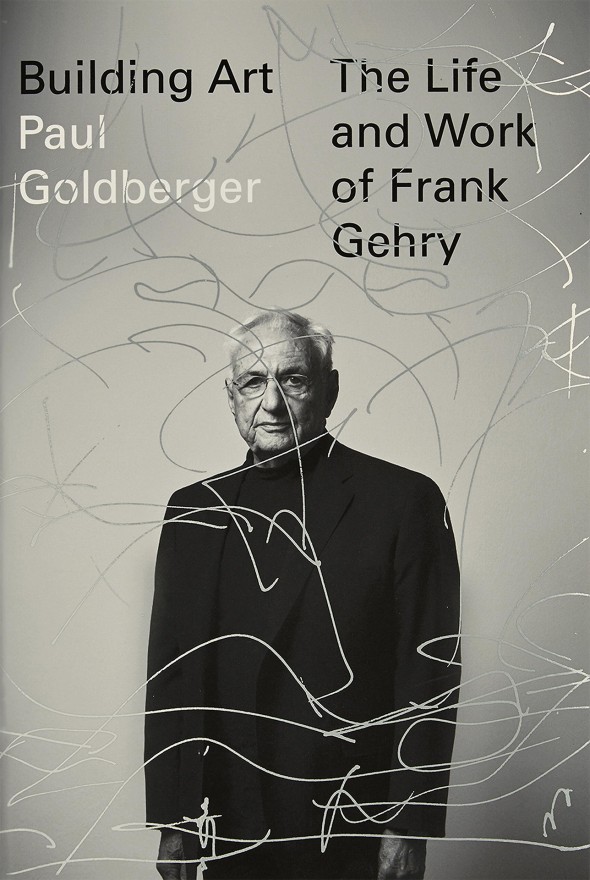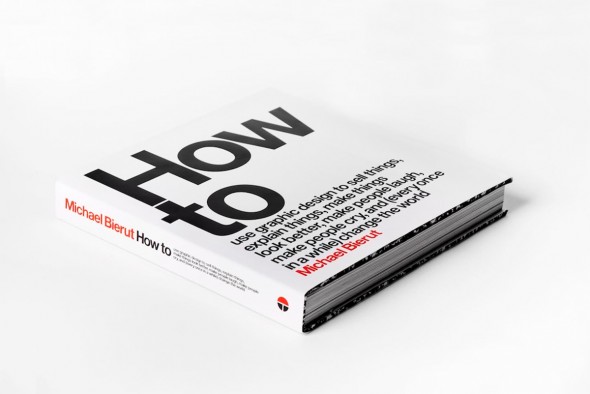
“architecture begins to matter when it brings delight and sadness and perplexity and awe along with a roof over our heads. ~pg

why architecture matters is not a work of architectural history or a guide to the styles or an architectural dictionary, though it contains elements of all three. the purpose of why architecture matters is to “come to grips with how things feel to us when we stand before them, with how architecture affects us emotionally as well as intellectually”—with its impact on our lives. “architecture begins to matter,” writes paul goldberger, “when it brings delight and sadness and perplexity and awe along with a roof over our heads.” he shows us how that works in examples ranging from a small cape cod cottage to the “vast, flowing” prairie houses of frank lloyd wright, from the lincoln memorial to the highly sculptural guggenheim bilbao and the church of sant’ivo in rome, where “simple geometries . . . create a work of architecture that embraces the deepest complexities of human imagination.”
architecture (and design) is an affair of the eye, and the distinguished pulitzer winning critic, raises our awareness of fundamental things like proportion, scale, space, texture, materials, shapes, light, and memory. published in 2009, this book which is continuing to sell in paperback, has a good shot at becoming a true “perennial”.
in paperback from amazon > $ 13.94 usd [ paul goldberger ]

three books come to our attention. we recently picked up and read paul goldberger’s new book when he was in chicago to accept an award from the society of architectural historians and also speak at the chicago humanities festival. and designers & books suggests two titles that are trending.

building art. the life and work of frank gehry | paul goldberger | knopf
of interest, pulitzer prizer architecture critic paul goldberger has written his first full fledged critical biography, that of architect frank gehry, a story of his life that has not be told in full detail. goldberger’s goal with this book is to appeal to the general reader – the intelligent, educated reader – not just the architecture public, and his narrative is that of a storyteller more than the critic. he also makes it known that gehry had no right of review, no right to delete anything that displeased him, and though the book is positive, there are words in it that he would rather not have be there.

the book cover in the weimer republic | jürgen and holstein | taschen
a biography by antique dealer jürgen and holstein, who has spent his entire career collecting and curating catalogs on art and architecture, assembles 1,000 covers. the period between 1919-1933, the years between the first and second world wars in germany are regarded as the golden age of german publishing. expert essays discuss the aesthetic and cultural context of a spirited nation only to be driven out of the country with the rise of national socialism.

how to | michael bierut | harper collins
the first monograph, design manual, and manifesto by michael bierut, protégé of design legend massimo vignelli and partner in the new york office of the international design firm pentagram — a career retrospective that showcases more than thirty-five of his most noteworthy projects for clients as the brooklyn academy of music, the yale school of architecture, the new york times, saks fifth avenue, and the new york jets, and reflects eclectic enthusiasm and accessibility that has been the hallmark of his career.








